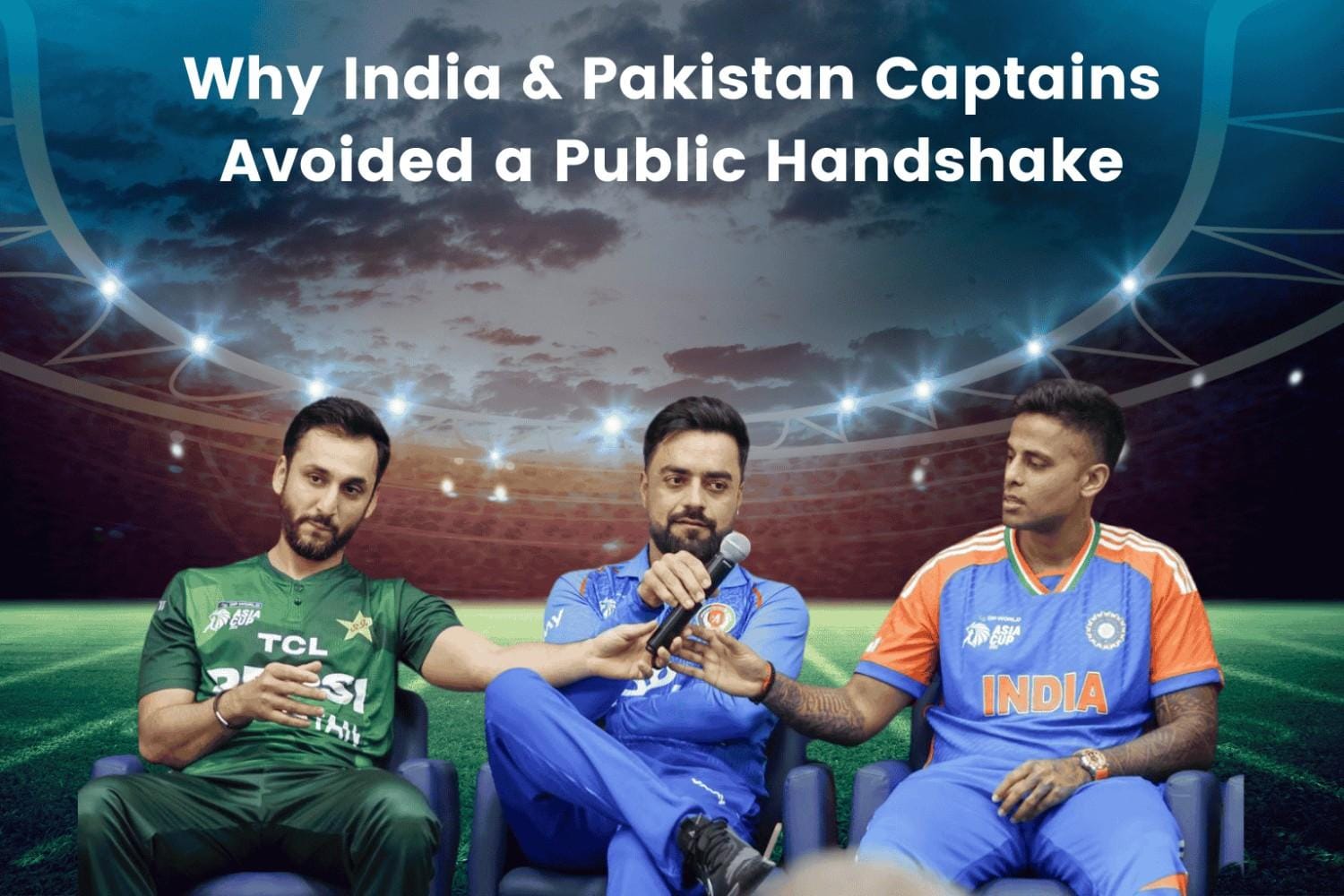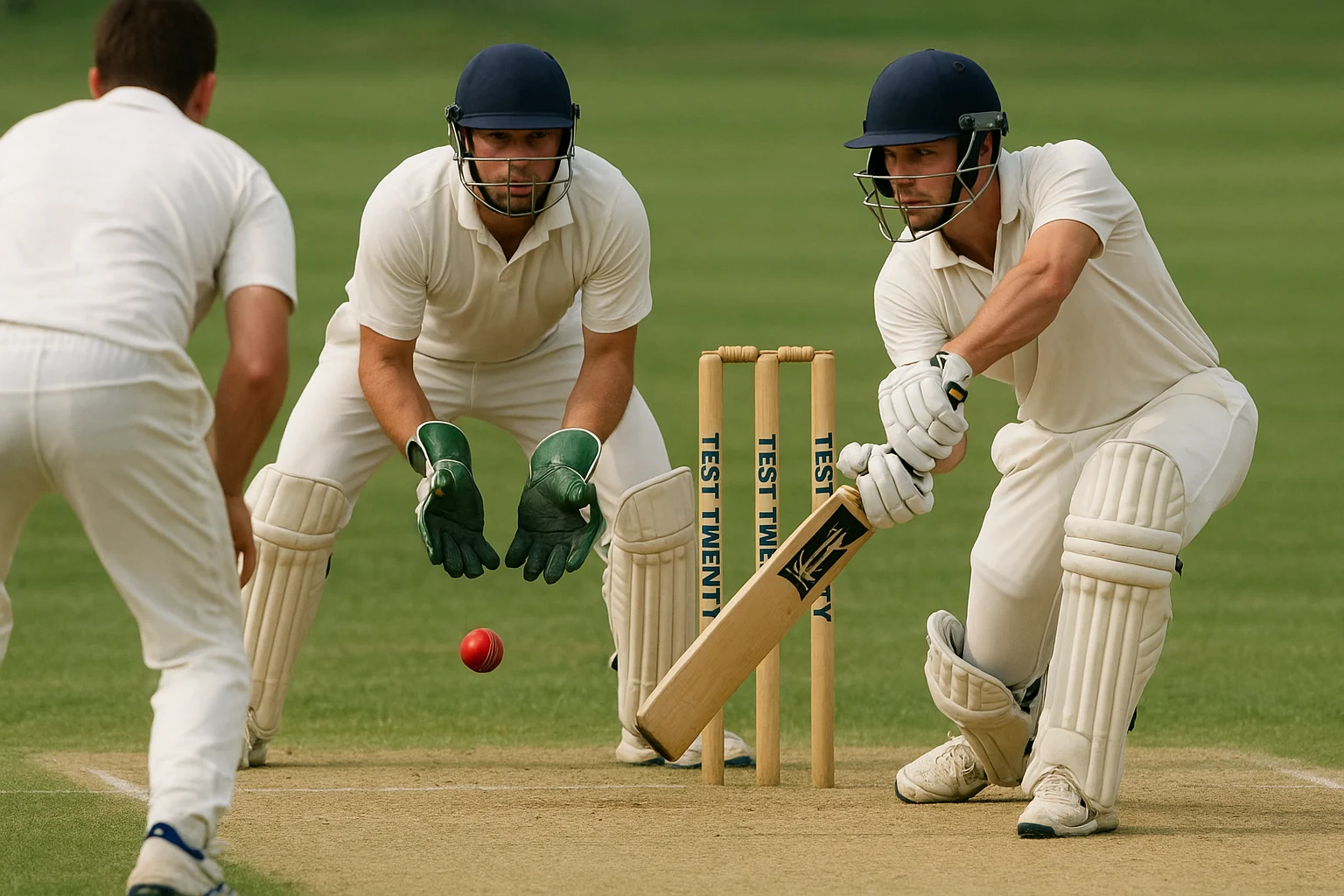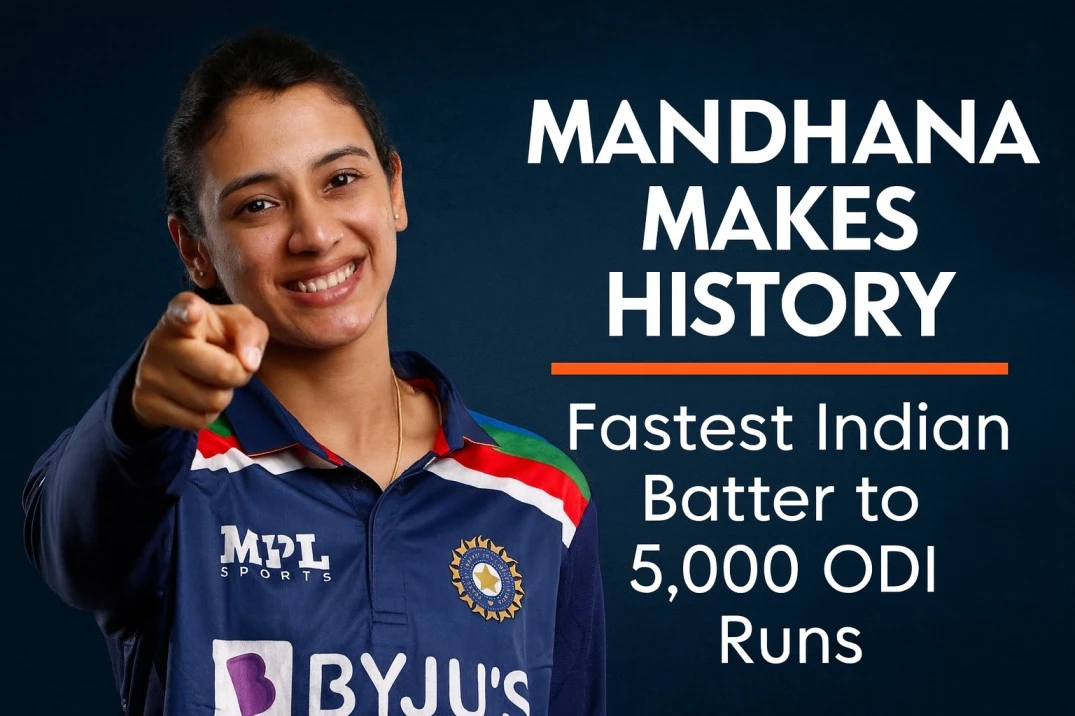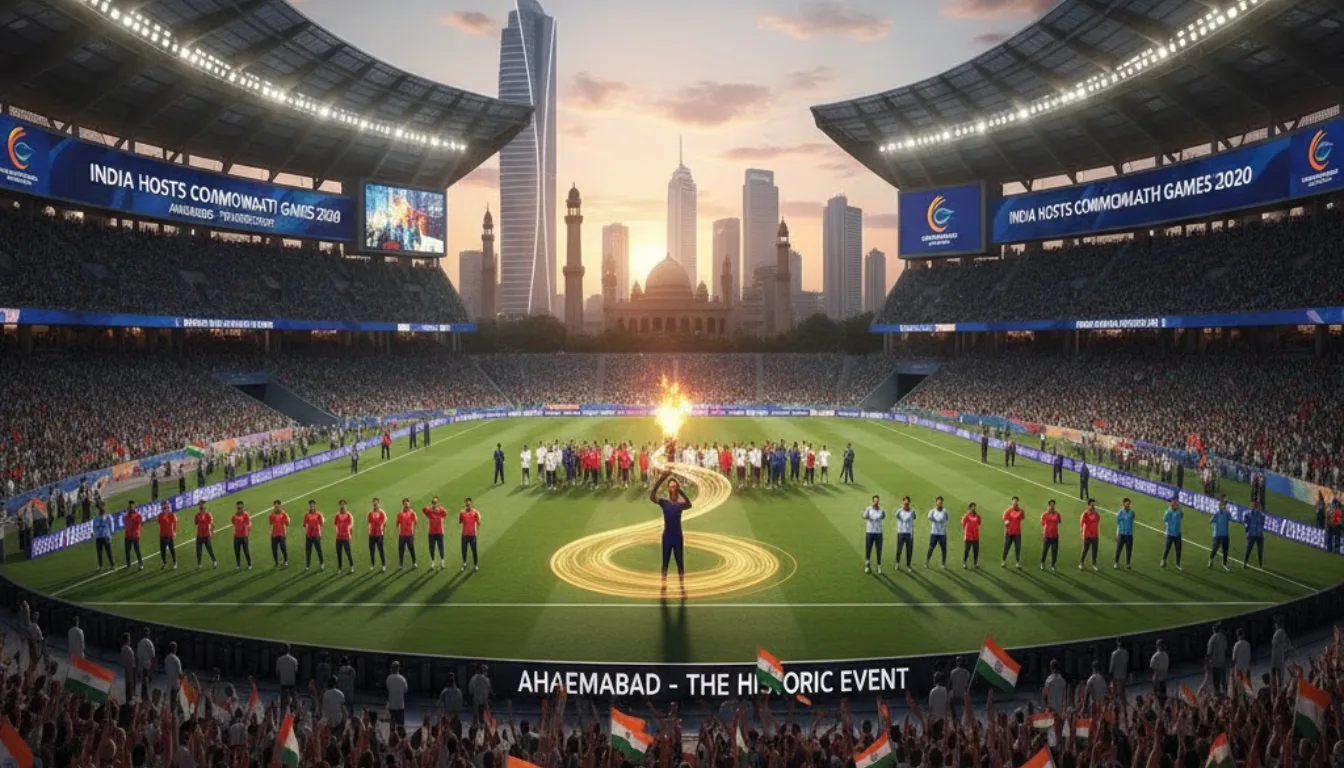Moving away from cricketing rivalry, the focus was more on off-field drama before the Asia Cup 2025 Dubai. A moment that was in the spotlight, or else a small thing, became a topic of discussion for fans and media across the world. During the captains’ press conference, Indian captain Suryakumar Yadav and Pakistani captain Salman Ali Agha refused to shake hands publicly with each other. Whether such moments happen anywhere else or not at all, but this controversy caught more air. This not only shows the intensity of cricket rivalry, but also brings to the fore the politics of both the countries and the tensions between the players. Let’s see in detail what the heated moments were
The Stage Incident
At the Asia Cup captains’ press conference, where leaders of all the teams were present, every skipper gave customary greetings – with handshakes, hugs and smiles. But when the talk came up of India and Pakistan, tension was clearly felt.
Suryakumar Yadav and Salman Ali Agha completely bypassed this ritual. As soon as the proceedings ended, Salman left the stage as quickly as he could, while Suryakumar waited for a while and kept chatting and greeting the other captains – Afghanistan’s Rashid Khan and Sri Lanka’s Charith Asalanka. This sharp contrast immediately went viral on social media. Many Indian and Pakistani fans considered it a deliberate snub, while others said that it was just an exaggerated reaction to an already tense situation.
The Off-Camera Handshake
While the television cameras did not record the handshake, reports indicate that the two captains exchanged a small greeting privately after the match ended. Apart from this, a second video clip, shared by journalists present there, showed Surya Kumar and Salman shaking hands before leaving the press room.But this private moment did not reduce the uproar. Online fans, especially posting on the “Pakistani Crickets” handle, blasted that in a tournament where “India vs Pakistan” matches are not just cricket games but global events, an informal handshake behind the curtain does not hold any symbolic value.
Press Conference Dynamics
Apart from the drama of the handshake, the press conference also gave interesting insights into the mentality of both teams. The coverage of the journalists was also expected as their focus was mostly on India and Pakistan, where questions revolved around rivalry, aggression and preparation.
- Suryakumar Yadav clearly said that aggression is “always there on the field”, and his team’s focus is on consistency and sticking to their game plan.
- Salman Ali Agha gave a slightly diplomatic answer, he said that “natural instincts” are part of our team, and aggression is right as long as it is limited to the pitch only.
Both captains did not seem openly hateful, but it was also clear that there was no “friendliness” between them and that is what created the tension. This contrast between their words and actions became the biggest talking point.
Political Backdrop: Operation Sindoor
The handshake episode cannot be seen in isolation from the larger political tension between India and Pakistan before 2025. The situation became even more intense with the subsequent Operation Sindoor, a military action in response to terror-related actions in Jammu & Kashmir.Public sentiment in India was strongly in favour of boycotting any kind of verbal or physical contact with Pakistan in cricket. But the BCCI finally decided to follow the express directions of the government, continuing to participate in multi-nation tournaments like the Asia Cup but staying away from bilateral series.The political tension further increased in this context. Fans and analysts started interpreting even small things, like a handshake, as a symbolic statement of a diplomatic stance.
Media and Fan Reactions
Immediately, South Asian media made the news of the no handshake a headline. Reactions were captured with hashtags such as #HandshakeControversy, #AsiaCupDrama, and #INDvsPAK which were trending on Twitter/X.
- Some fans criticised the players on social media, saying they allowed politics to take over sportsmanship.
- Some defended the captains, saying they were unfairly pulled into politics that was beyond their control.
- Some fan discussions even argued that perhaps an off-camera handshake would have been a reasonable compromise that maintained a cordial professional relationship while also taking into account political sensitivities.vities.
So much online discussion clearly shows that whenever India and Pakistan meet in cricket, the overlap between cricket and politics becomes deep.
Tournament Context
While the handshake debate has gone from the headlines, cricket itself is still the stage for the real drama.
- India’s campaign began against the UAE on September 10, 2025.
- The most anticipated India vs Pakistan showdown is on 14 September, which is clearly circled in every cricket fan’s calendar.
Irrespective of the off-field posturing, the players know that victory will ultimately depend on the performance on the pitch.
Key Takeaways
- No handshake in public: The captains of India and Pakistan did not greet each other on stage during the Asia Cup 2025 press conference.
- Private greeting later: There was an off-camera handshake between the two captains, but this did not reduce the controversy.
- Political circumstances: The incident was influenced by the backdrop of Operation Sindoor and the tense diplomatic relations going on between Pakistan and India.
- Media hype: The incident further fuelled the already heated debate on social media and actively involved fans and journalists.
- Focus now on 14 September: The real battle will take place when India and Pakistan will clash on the field.
Conclusion
The earlier matches of Asia Cup between India and Pakistan were already so competitive and now after this handshake incident the intensity has already been raised. So the losing team could face the severe hate from fans as now it is not just an ordinary cricket match but the on-field battle between two greats of cricket.






One thought on “Asia Cup Tensions Rise: Why India & Pakistan Captains Avoided a Public Handshake”